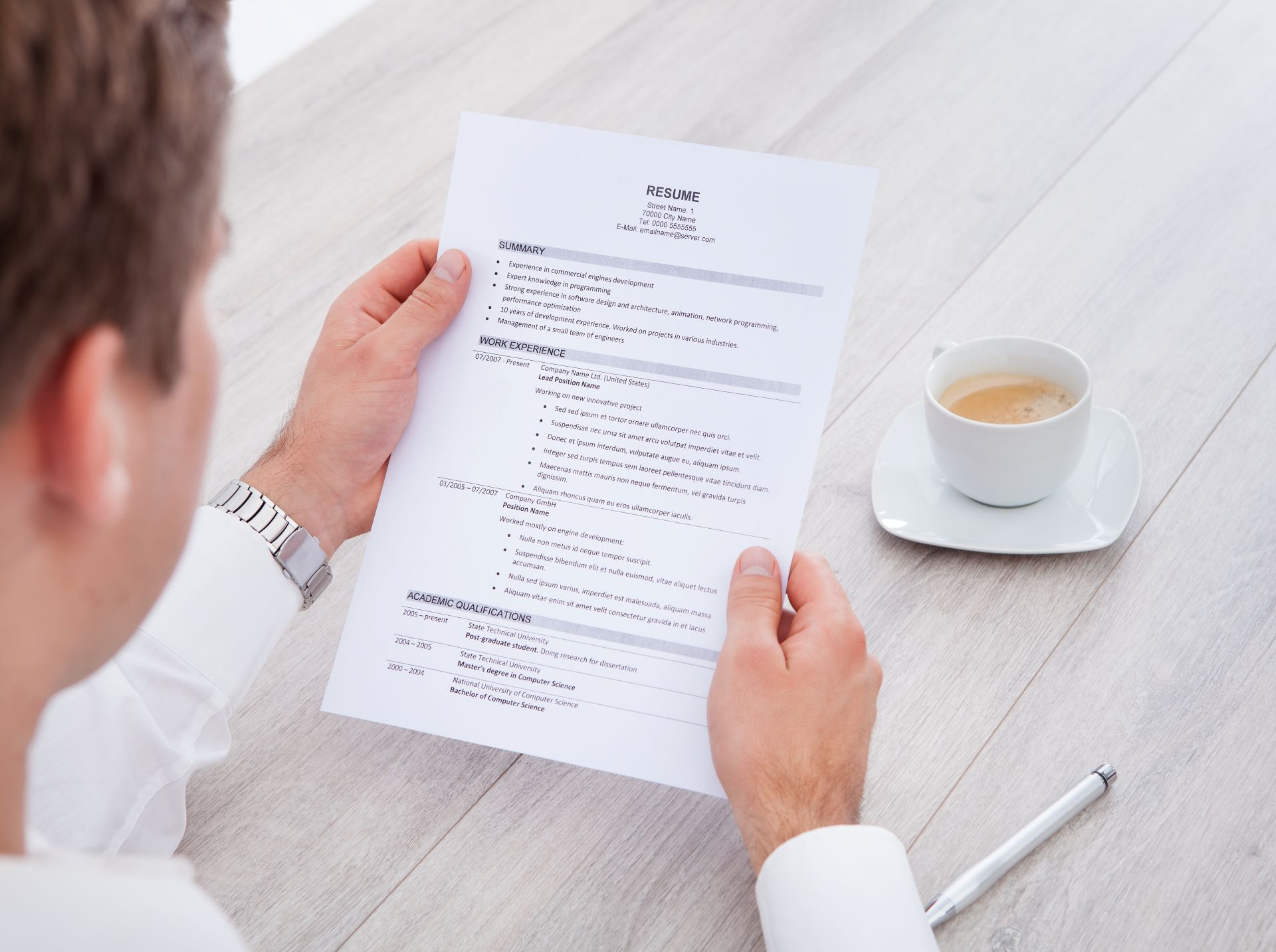How to create a resume Summary, Headline, and Goal

A resume summary, headline and objective are important elements of a well-formatted resume. They are the first things that a hiring manager will see and should be customized to the job you’re applying for. In Bendigo Professional Resume Writers, we specialize in providing resume writing services to aid you in standing out from the crowd. In this post, we’ll give you tips on how to write a resume summary the headline, your objective, and the headline.
Section 1 How to write an Executive Summary for your Resume
A Resume summary is a succinct paragraph at the top of your resume which highlights your experience and qualifications. It should comprise a couple of sentences or bullets and should include your most relevant talents and achievements.
- Make it as brief as possible Your resume should consist of a concise summary of your skills and qualifications. Limit it to a couple of paragraphs or bullet point.
- Keywords: Make sure you use keywords appropriate to the job that you are applying for. This will allow your resume to get noticed by hiring managers as well as applications tracking software (ATS).
- You can tailor it to the position Make your resume’s summary more tailored specifically to the position it is you’re applying. Highlight the skills and experience which are relevant to the position.
- Incorporate your most recent and relevant experience Make sure you highlight your latest experience and that is relevant to your job. This will convince the manager who is hiring you that you’ve got the expertise and experience that they are looking for.
- Consult a professional for assistance: If you’re having trouble writing your resume’s overview or assistance with making it more relevant to the position, you might want to seek out professional assistance from Bendigo Professional Resume Writers.
Section 2 What to Write in a Resume Headline
A headline for your resume is a short introduction at the top your resume that provides your credentials and work experience in a captivating and eye-catching way.
- Keep it brief The headline of your resume is a concise description. Make it a couple of words or a few sentences.
- Keywords: Use words appropriate to the job that you are applying for. This will help your resume be seen by managers who are hiring as well as the applicant tracking system (ATS).
- You can tailor it to the position Your resume’s headline should be tailored for the specific job the job you’re applying for. Highlight the abilities and experience you have that are most pertinent to the position.
- Create something new: Think outside the box with your headline . Make it stand out.
- Seek professional help: If you’re struggling to create your resume’s headline or assistance in tailoring it to the jobposting, you might want to seek professional assistance from Bendigo Professional Resume Writers.
Section 3 How to Write a Resume Objective
A resume objective is a statement to be included at the end of your resume, which explains your goals for career and the job you’re applying for.
- Keep it simple Your resume’s objective should be a short statement. It should be limited to a few paragraphs or bullet points.
- You can tailor it to the position: Tailor your resume objective to the job the job you’re interested in. Discuss how you’ll assist the company’s mission.
- Be specific: Make sure you are clear regarding your professional goals and how they are aligned with the job you’re applying for.
- Find help from a professional: If you’re having trouble writing your resume’s purpose or assistance in tailoring your resume to the job, consider seeking assistance from a professional at Bendigo Professional Resume Writers.
With these suggestions, you can create your resume’s headline, summary, and objective that effectively emphasizes your skills and qualifications. You should tailor them to the job you’re applying to and consult a professional for assistance if needed. Bendigo Professional Resume Writers can also assist you in writing your resume and ensure it stands out from your competition.
In addition to a solid summary along with a compelling headline, headline, and objective Be sure to include relevant experience, education, and skills in your résumé. Utilize strong action words to describe your past responsibilities as well as accomplishments, and then quantify your achievements whenever possible. For instance, instead of using the phrase "Helped customers with inquiries," say "Assisted over 100 customers per week with product and service related queries, which led to 20 percent increase in customer satisfaction ratings.




